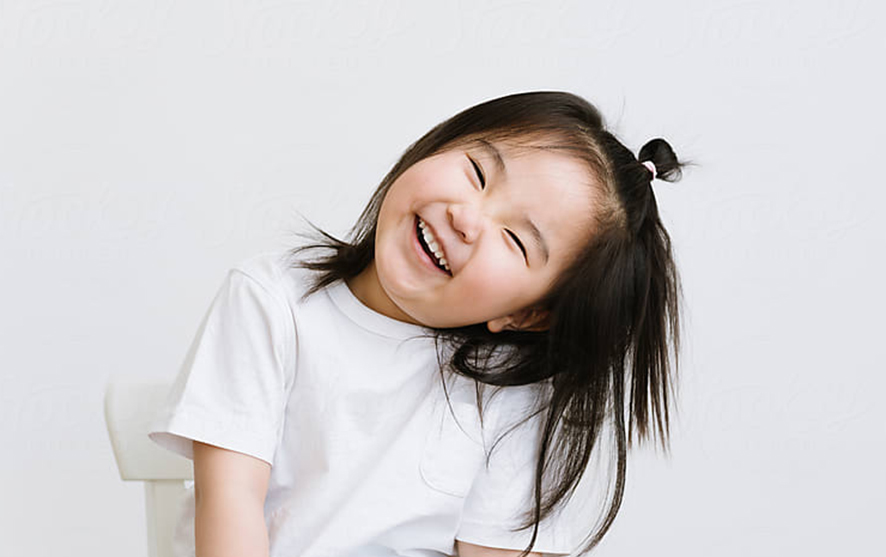Tidying up the garden grass
What you need Child-friendly scissors Some outdoor space - garden, park or grassy area Benefits [...]
Read more

Some space to move around.
Talk about all the different types of emotions we might feel. You could use this mood metre to get some ideas. Select a few easy opposites like sad and happy and have your child act them out. They can either pull a face or you can encourage them to say the words or both.
You can also give it a try – act out an emotion, and encourage your child to act out the opposite emotion to what you are portraying.
Try acting out a range of different emotions such as angry, scared, excited or surprised. Try to find their opposites if you can.